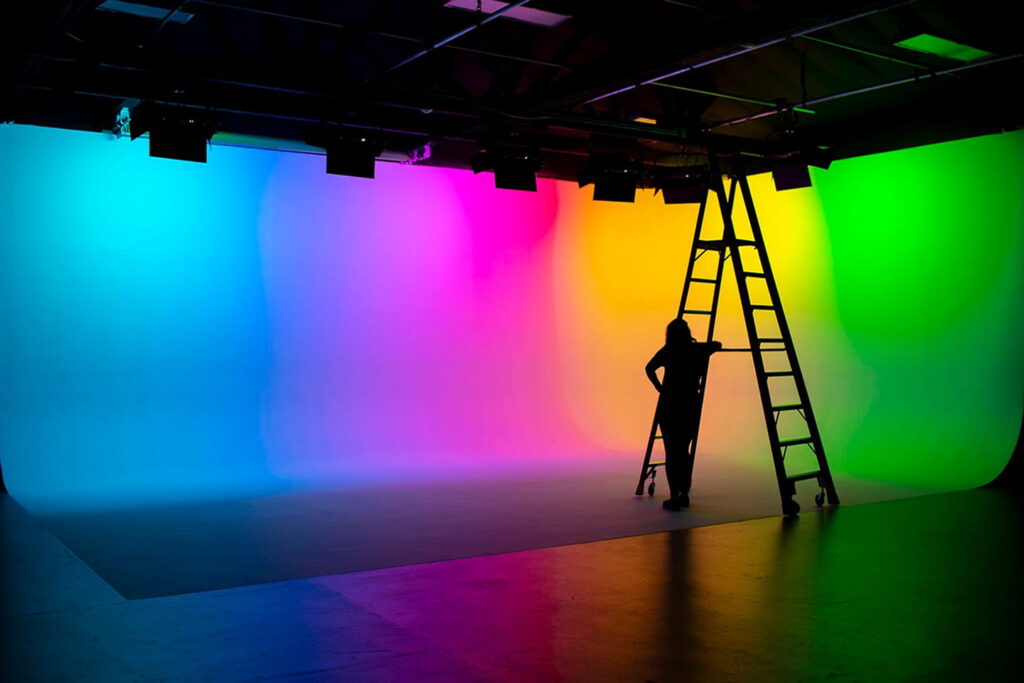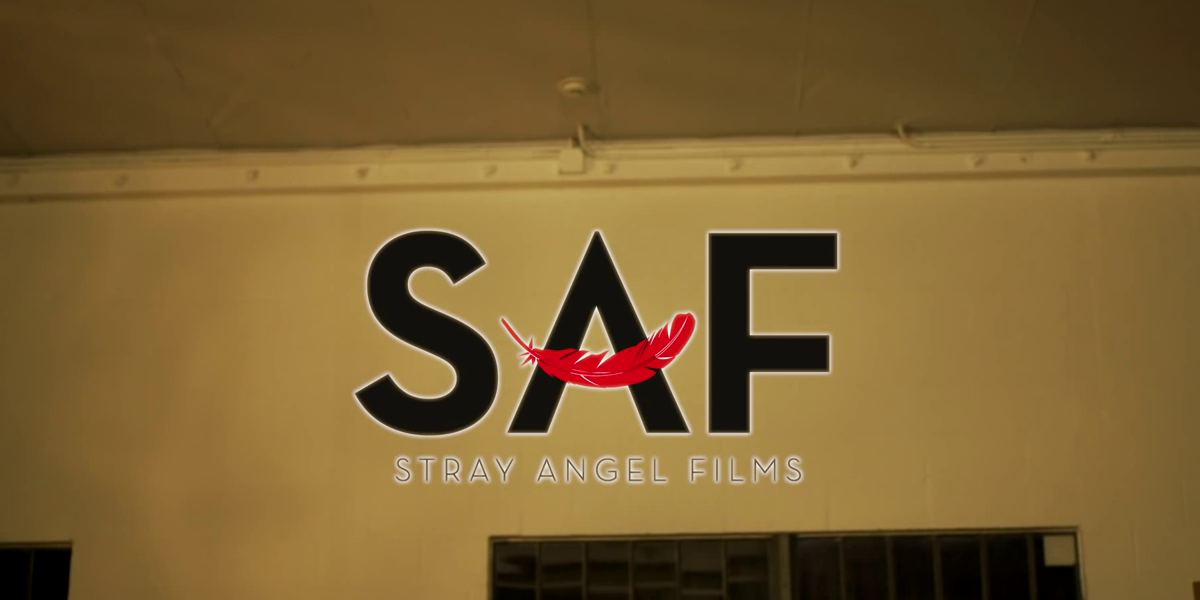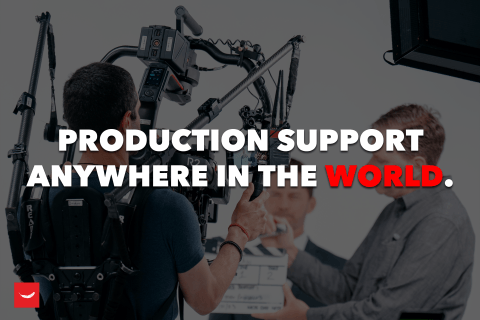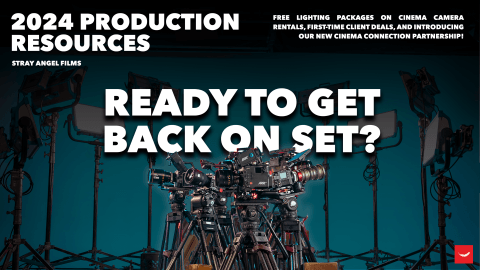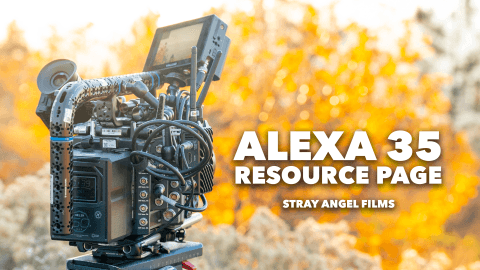Action films make up some of the biggest blockbuster movie hits of all time, and it’s no doubt that the fight sequences in those amazing action films inspire new filmmakers to try their hand. However, fight scenes are notoriously tricky, and we realize that filmmakers may not know where to start. To tackle the issue, we put together this tutorial that teaches you some of the basics of shooting a great fight scene!
The main thing to keep in mind when shooting your fight scene is that your actors will not be making contact during their strikes. That is not necessary when shooting from the proper perspective. These techniques will place your actors entirely out of reach of each other, but to the camera, their hits are making brutal contact.
For example: if you place your actors face to face, at an arm’s length away from each other, but frame an over the shoulder medium shot, the visual distance between them collapses. From this position, one actor can safely perform a strike maneuver while the opposing actor sells the strike. In reality, the actors will never come in to contact.
Now that we’ve established a perspective that will frame your strikes, we need to ensure that your actors are playing to their strengths. Draw an imaginary vertical line in the center of the area where the strike will occur: this is your axis. Once you’re framed up, have your actors slowly rehearse the strike and make sure that whatever limb they are using entirely crosses that imaginary axis. The action will allow the intensity of the strike to carry effectively into the camera view and help sell the hit.
Unless you’re dealing with professional stuntpeople who have been executing complicated fight sequences for years, you’re most likely going to have to help sell the intensity with both speed and power from your actor’s strikes. To do this, we’re going to allow the camera to catalyze the strike. When your actor takes a particularly vicious blow, allow the camera to perform a controlled jerk in tandem with the strike. Audiences have been desensitized to harsh camera movement, having grown up watching television, which tends to stick to locked off or otherwise smooth shots. Because of this, the use of jarring handheld movements will help unnerve your audience to the violence. It will also visually sell the speed of each hit while concealing the lack of contact. You want to keep this movement as controlled as possible. Too much camera movement will undersell the hit and cause the audience to lose the action.
Now that you understand the perspective, you also need to think of the angle of your camera. Extreme high, low, and dutch (canted) angels tend to give the fight a very stylized big movie feeling. Level angles tend to give your audience a more real-world, brutal feel.
So you have your fight scene shot. Now you have to put it together! Editing is crucial in action sequences. One easy and very effective technique is to cut your shots on the strike. When Actor A swings at Actor B, keep the shot on Actor A until the very moment the strike connects. Cut to Actor B to see the hit land. When you cut on the strike, it takes the audience’s eyes a quick second to catch up with what just happened, effectively selling the shot without giving them time to analyze how close or far apart the talent was to each other.
Keep in mind that these are just basic visual guidelines, as every scene will take on a unique character with the style of the fight. Always remember to practice scenes safely with a professional on hand to oversee your actors.
We hope our “How To Shoot A Fight Scene” tutorial helps get you started, and we can’t wait to see your fight scene in the Hollywood Blockbusters of the future!
